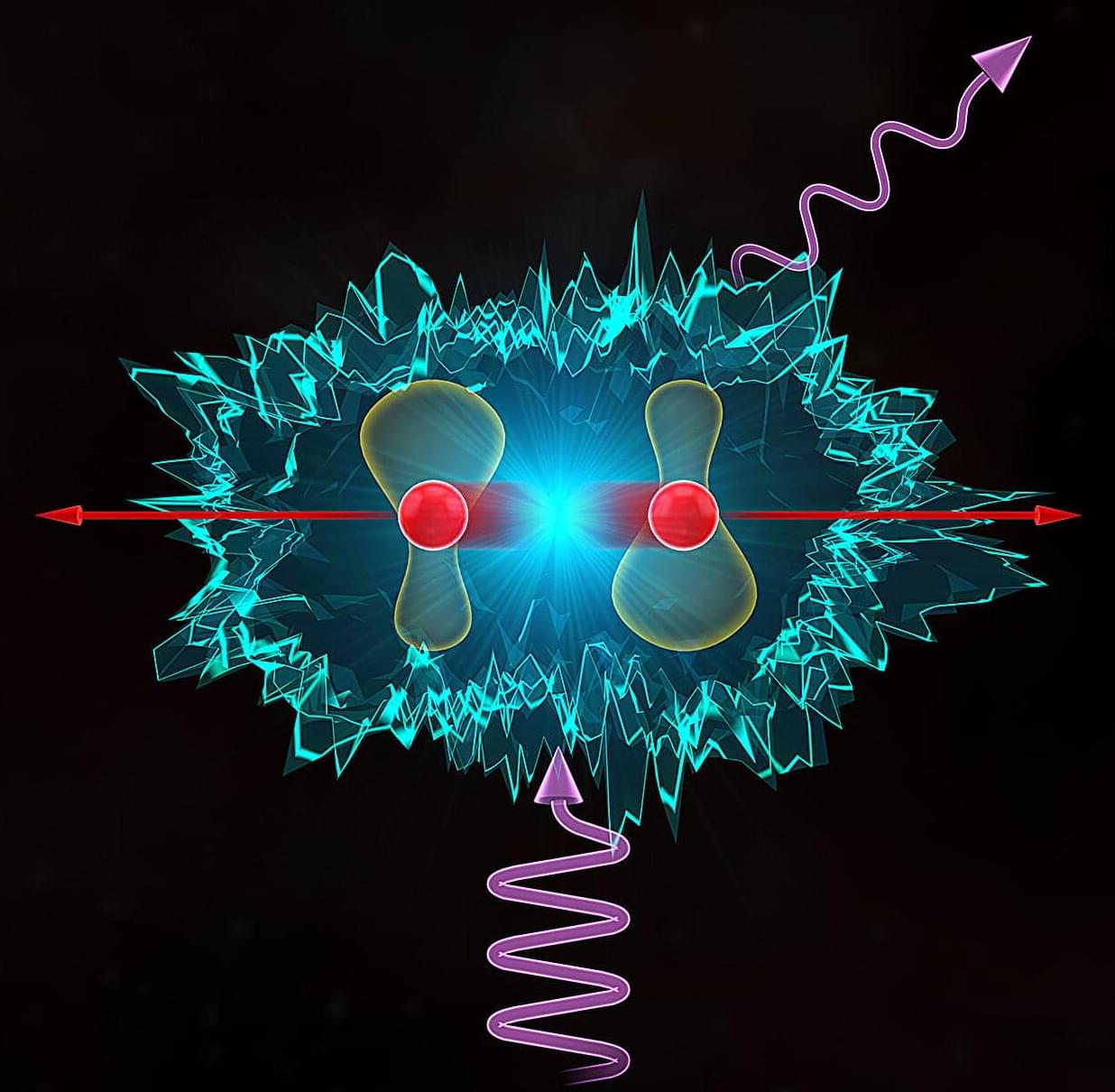When atoms collide, their exact structure—for example, the number of electrons they have or even the quantum spin of their nuclei—has a lot to say about how they bounce off each other. This is especially true for atoms cooled to near-zero Kelvin, where quantum mechanical effects give rise to unexpected phenomena. Collisions of these cold atoms can sometimes be caused by incoming laser light, resulting in the colliding atom-pair forming a short-lived molecular state before disassociating and releasing an enormous amount of energy.
These so-called light-assisted collisions, which can happen very quickly, impact a broad range of quantum science applications, yet many details of the underlying mechanisms are not well understood.
In a new study published in Physical Review Letters, JILA Fellow and University of Colorado Boulder physics professor Cindy Regal, along with former JILA Associate Fellow Jose D’Incao (currently an assistant professor of physics at the University of Massachusetts, Boston) and their teams developed new experimental and theoretical techniques for studying the rates at which light-assisted collisions occur in the presence of small atomic energy splittings.
